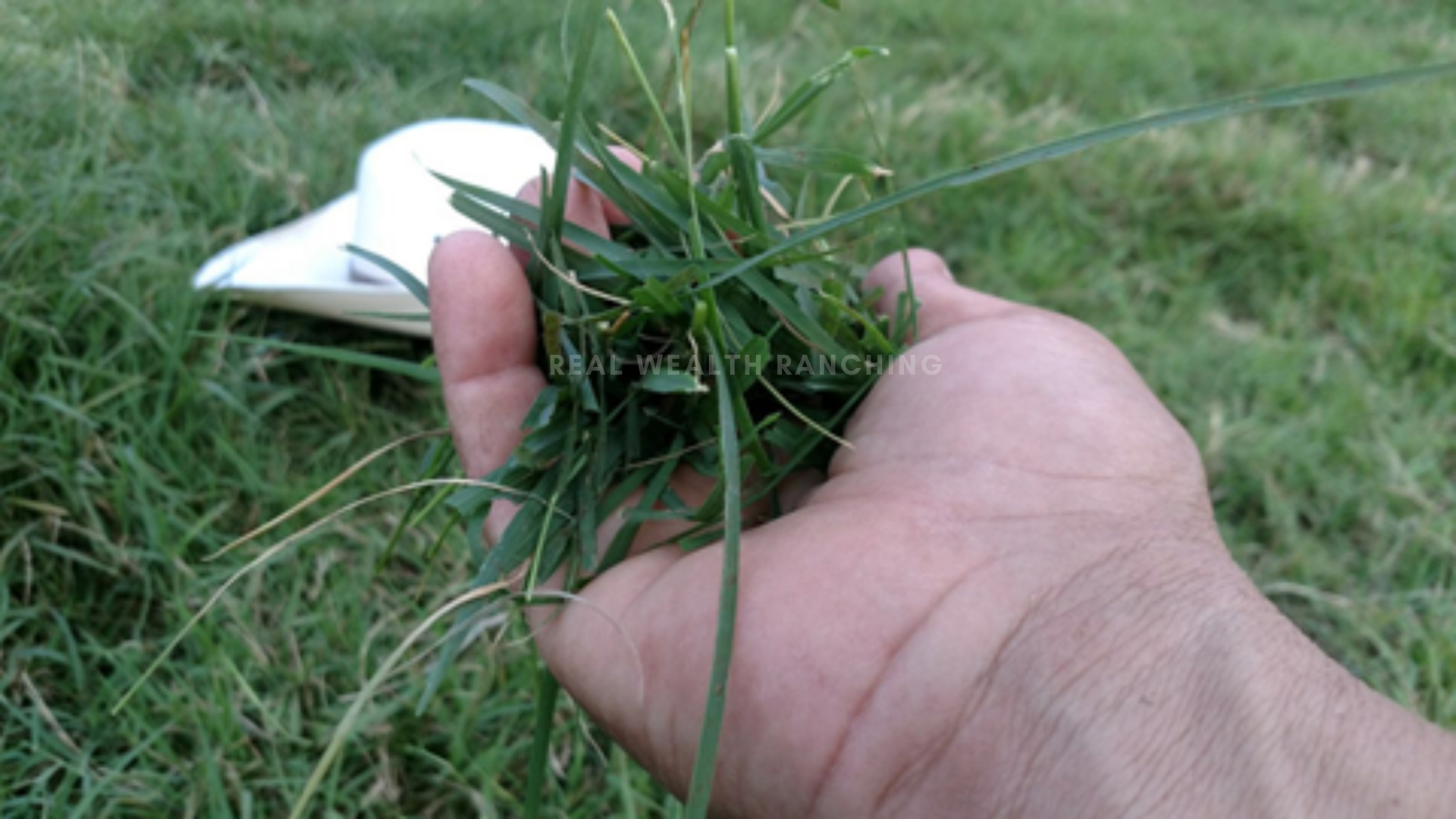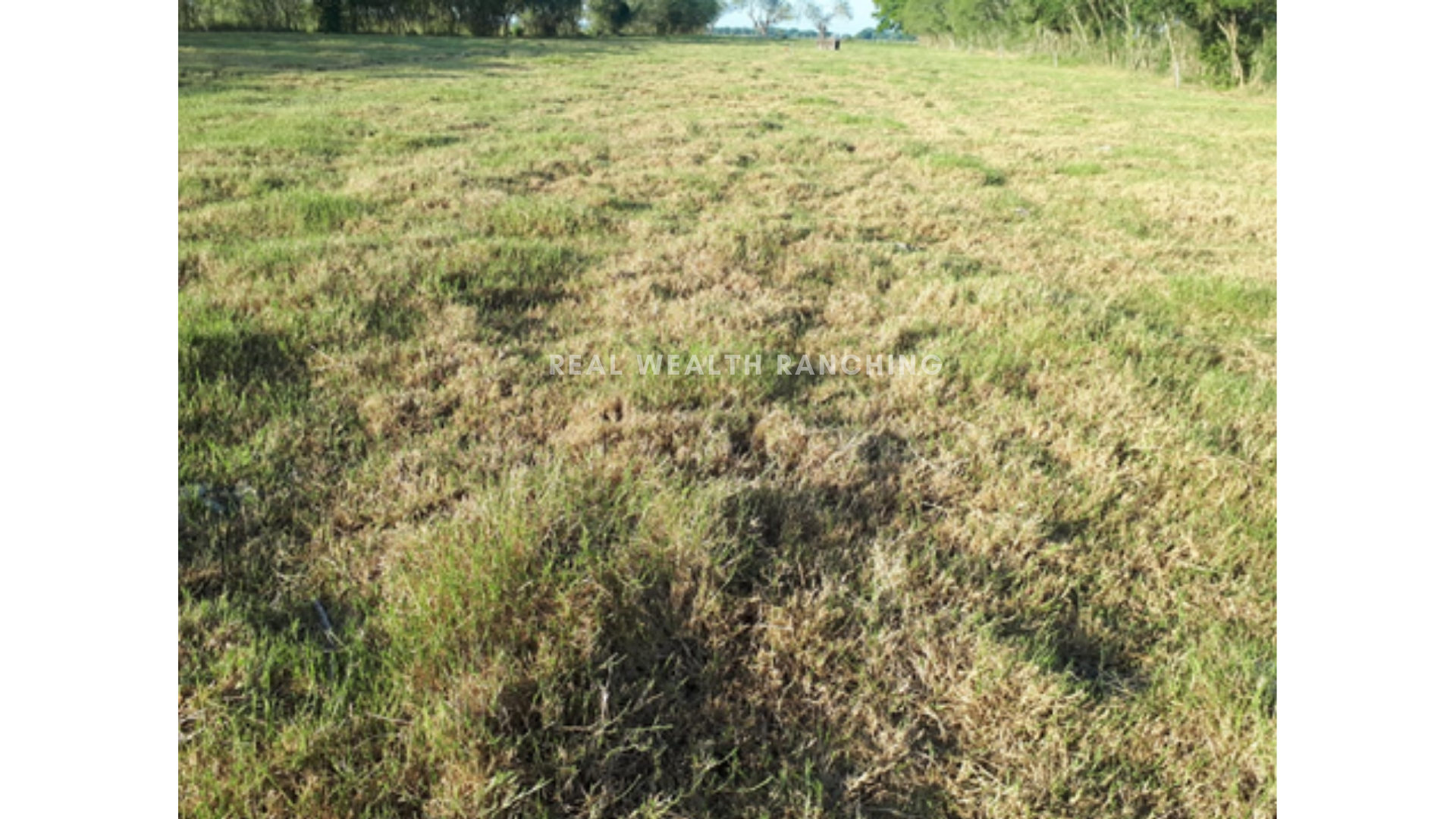How to measure leaf to stem ratio
As we know, the leaf to stem ratio determines the level of available energy for growth in the plant and how much energy can be used to feed soil microorganisms by root exudates. These soil microorganisms, in return, make nutrients in the soil available to the plants. It is a virtuous cycle that depends on the leaf to stem ratio.
This is so due to the leaves producing energy through photosynthesis and the stems consuming energy by respiring.
We also know that leaf has higher digestibility, 60-70 percent while stems only have around 30-40 percent. This means your cattle will have better nutrition when they consume more leaf.
Now, how can we quantify how much leaf, by weight we have in relation to stems?
We need to remember that stems weight much more than leaves.
1.- Cut one square yard of grass flush with the soil
2.- Weight it on a scale
3.- Separate the green leaves from the stems and brown leaves
4.- Weight them each in their own separate bag
5.- Divide the weight of the green leaves by the initial total weight and you obtain the percentage made by green leaves. Also divide the weight of the stems and brown leaves by the initial total weight.

This way we can know for certain what percentage of our grass is green leaves and what percentage is stems and brown leaves which do not do photosynthesis.
It is important you do this exercise at least once; it will come as a big surprise.
Once you do this, you will get experience to judge the leaf to stem ratio in your fields.
Cool season grasses normally have better leaf to stem ratio than warm season perennial grasses.
I have measured this on common Bermuda where selective grazing had been done for a long time; as we know, selective grazing results in less leaf production, less energy in the plant, and a higher proportion of stems and brown leaves that inhibit the formation of new leaves. What I found was 97% stems and brown leaves and only 3% of green leaves.

That was the reason of the low productivity in that pasture.
Everything hinges on our grazing management.
Selective grazing will lead to less leaf and more stems
The process of Total grazing, that includes non-selective grazing will give a higher leaf production per square yard per year and a plant with much more energy for your livestock and to improve your soil.
This is why, I say: As the cow needs the grass, the grass needs the cow. But an adapted cow and under good management.
Interested in the Total Grazing online course? Join the waitlist here to be notified as soon as enrollment opens.
